Vinnova Smartare Elektroniksystem
SEMA: 6G Sustainable and Energy-Efficient Metallic AM Antennas and Microwave Components
ABOUT THE PROJECT
6G is promising to provide more data and shorter delays. Given that the frequency bands used in 4G/5G are crowded, new frequency bands are considered, especially in the millimetre-band regime. To mitigate the path losses at these high frequencies, antennas must be more efficient, so they are often fully metallic.
In SEMA, we propose investigating the use of metallic 3D printing for the new generation of 6G hardware. The project will conduct an evaluation of the applicability of the LPBF-AM technique to the manufacture of 6G lightweight advanced fully metallic antenna and microwave components. In addition, the production will be more sustainable since we avoid the use of plastic, and there is no waste of the metals with additive manufacturing.
From a sustainability perspective, it will address the following three UN Goals.
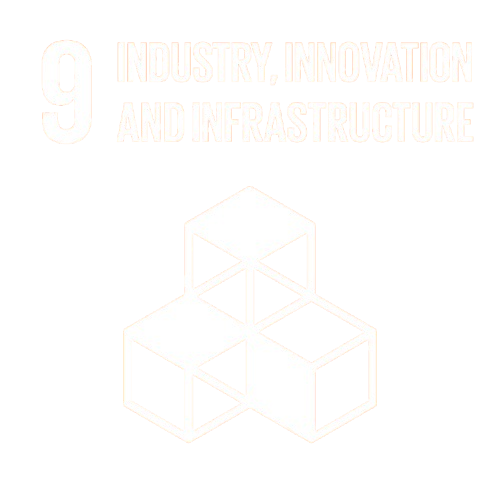
Industry, Innovation and Infrastructure

Sustainable Cities and Communities
Responsible Consumption and Production
MEET WITH OUR TEAM
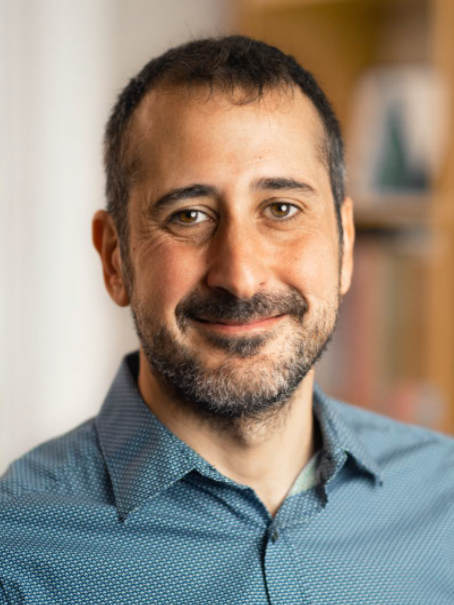
Oscar Quevedo-Teruel
KTH
oscarqt@kth.se
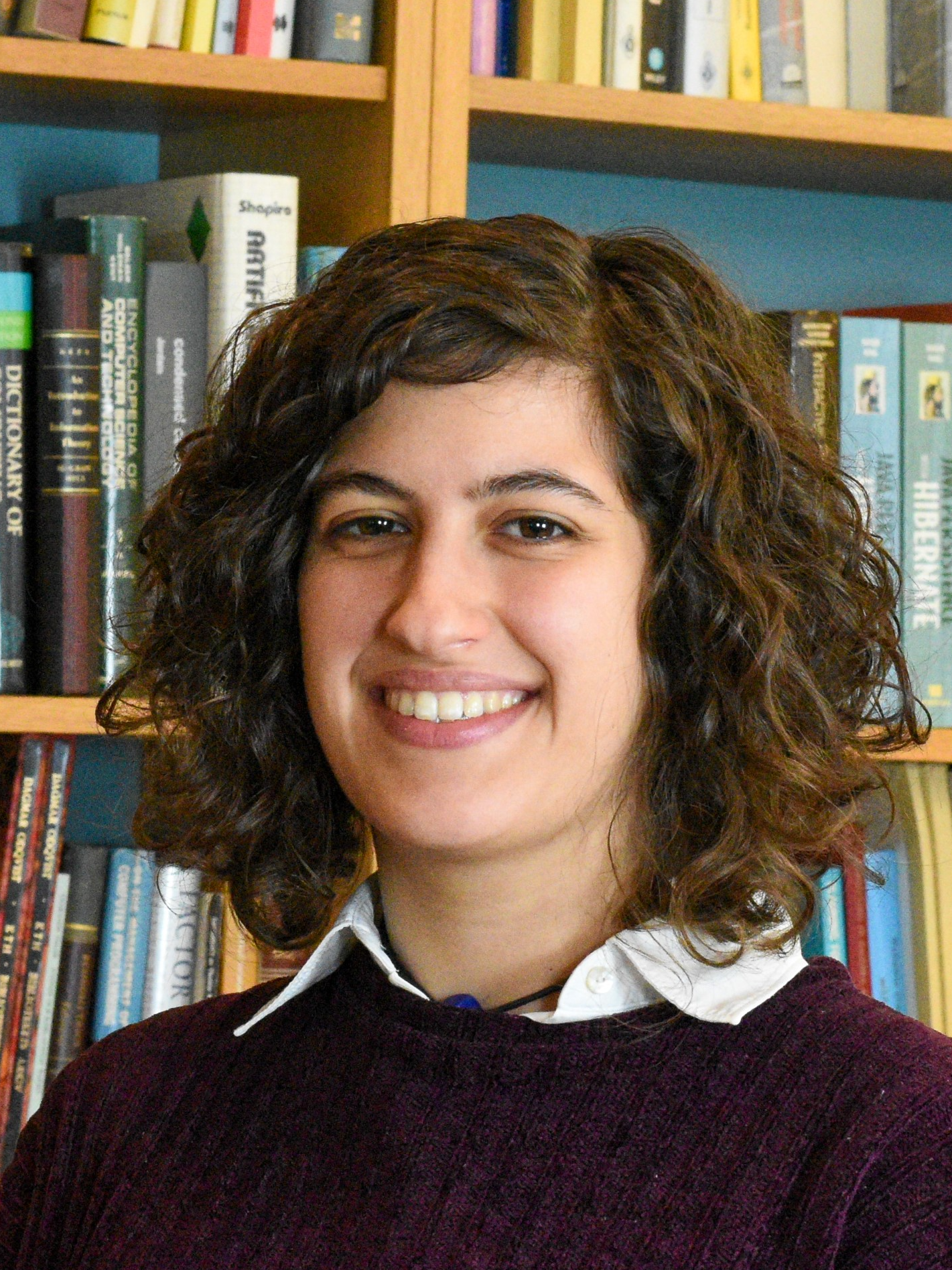
Núria Flores Espinosa
KTH
nuriafe@kth.se
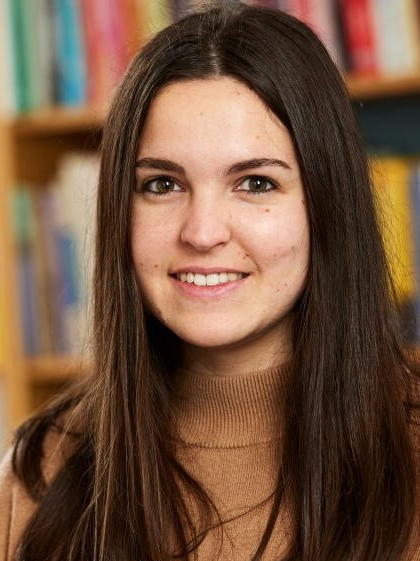
Pilar Castillo-Tapia
KTH
pilarct@kth.se
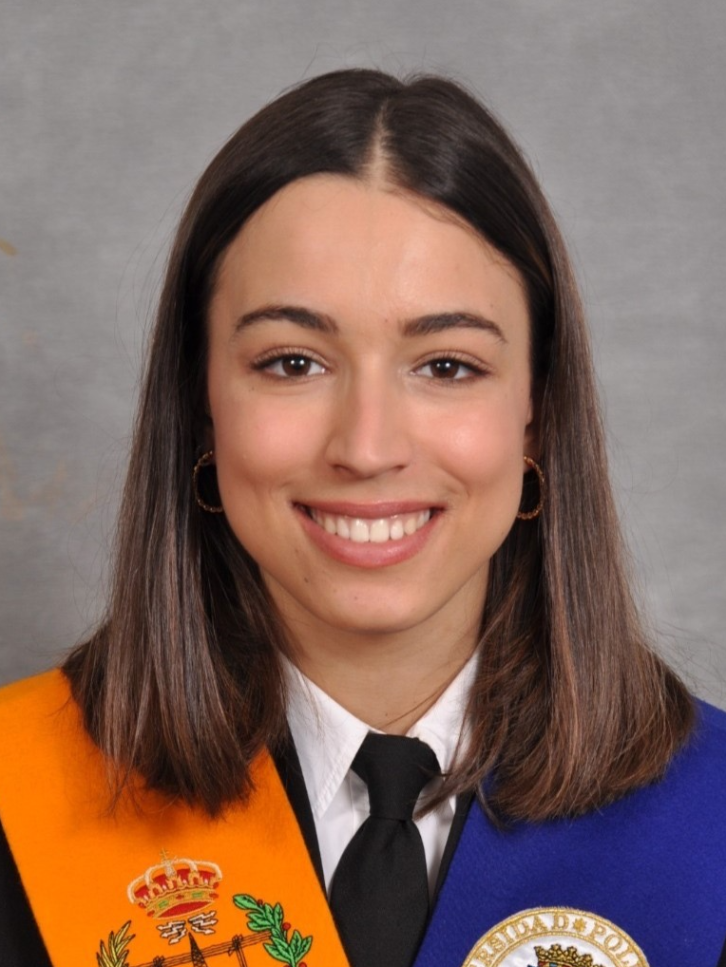
Julia Valdeolmillos Vargas
KTH - Gapwaves
juliaval@kth.se

Hanna Kumlin
Gapwaves
tbd@gapwaves.se
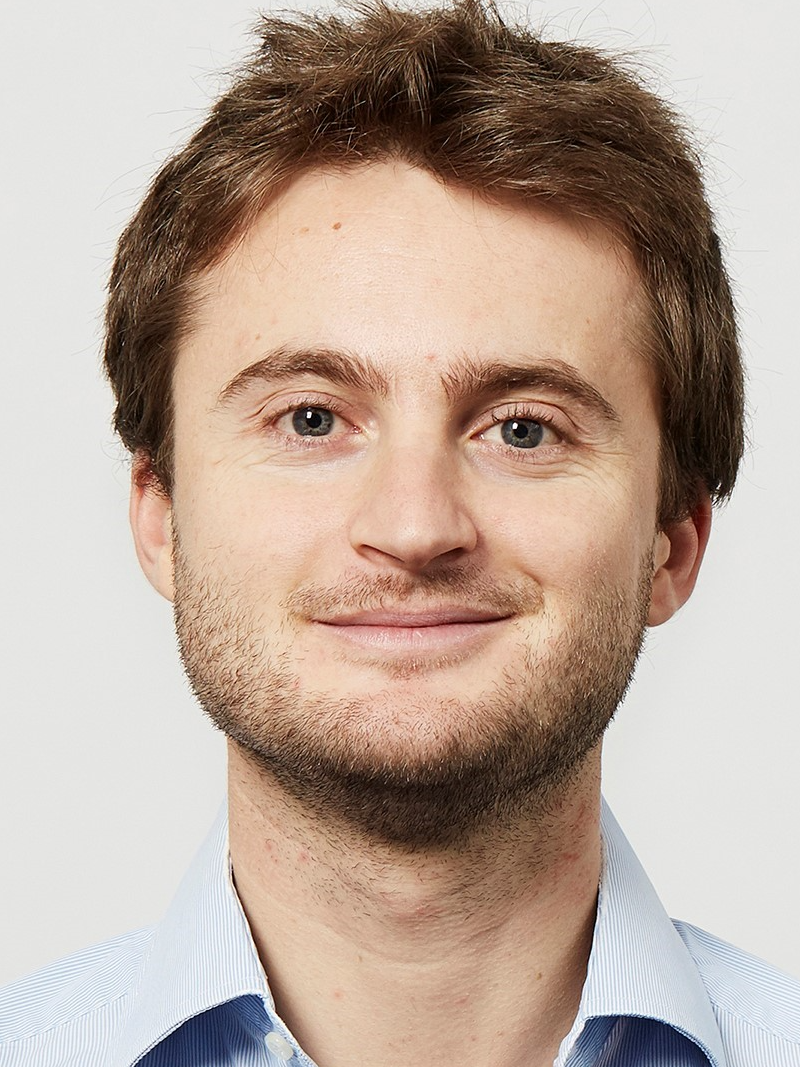
Carlo Bencivenni
Gapwaves
Carlo.Bencivenni@gapwaves.com
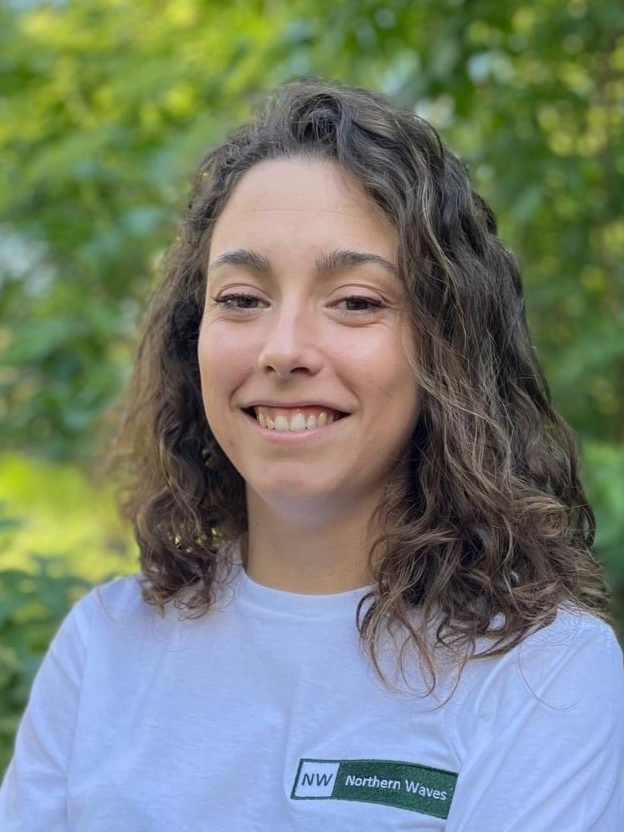
Sara Fernandez
Northern Waves
sara.fernandez@northern-waves.com
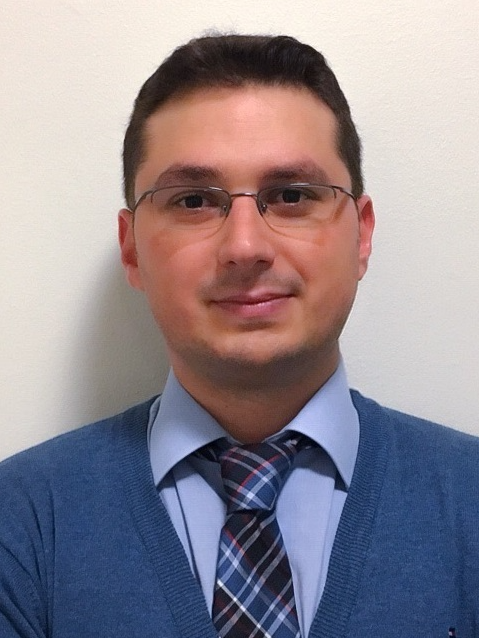
Christos Kolitsidas
Ericsson
christos.kolitsidas@ericsson.com
OUR PUBLICATIONS
To be updated
MASTER THESES
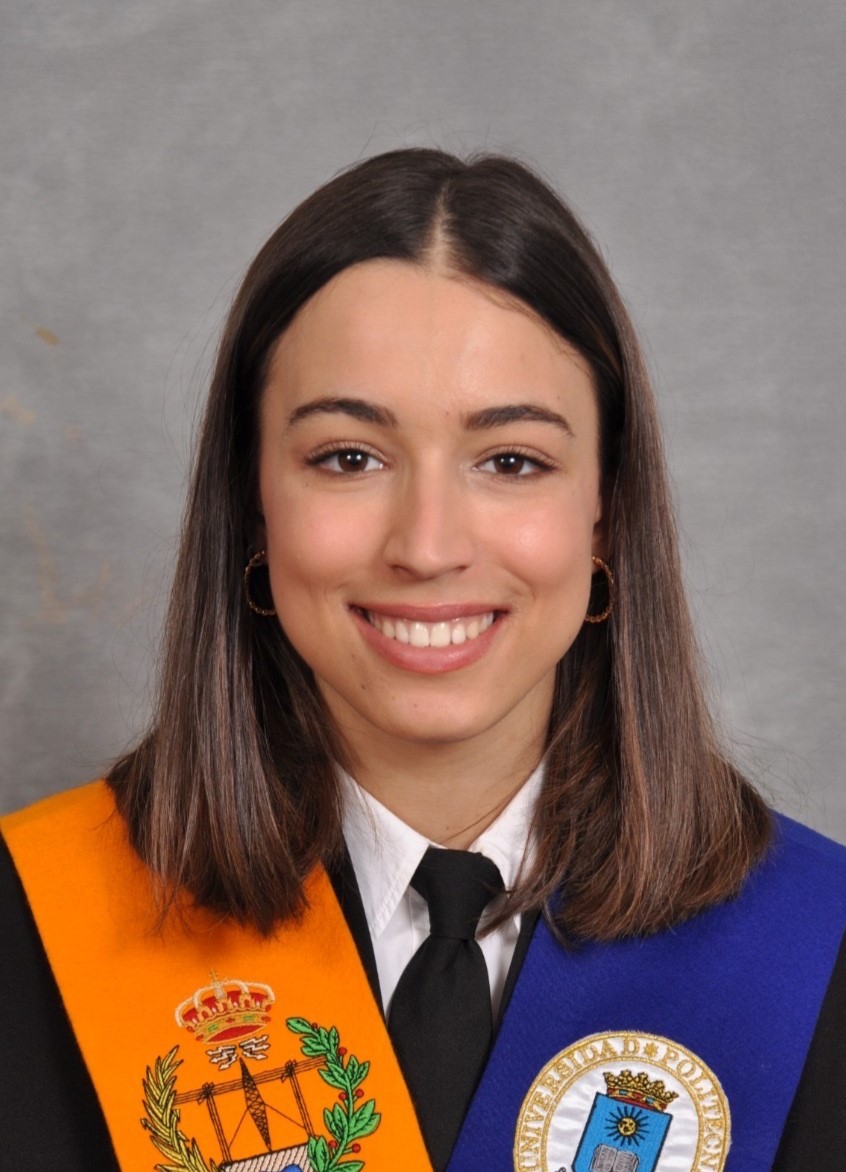
Julia Valdeolmillos Vargas
Master thesis #1
Master thesis at Gapwaves AB: Design of a radome-integrated lens for beam widening in automotive radar applications.
Abstract: The thesis focuses on improving the performance of a waveguide slot array antenna for 77 GHz automotive radar systems, where compactness, low loss and wide field of view are key challenges. The first part addressed the reduction of coupling and ripple in the radiation pattern by integrating soft surfaces that suppressed surface currents between neighbouring elements, reducing coupling below - 40 dB and improving radiation uniformity. Several corrugation shapes were investigated to maintain low reflections. The second phase widened the antenna's field of view to 60 by incorporating a dielectric lens radome that actively shaped the beam, with matching layers to minimize reflections and provide mechanical support.
WORKSHOPS
To be updated
-
CONTACT INFO
-
Contact us and we'll get back to you.
Project Responsible: Oscar Quevedo-Teruel
Copyright © KTH Royal Institute of Technology




